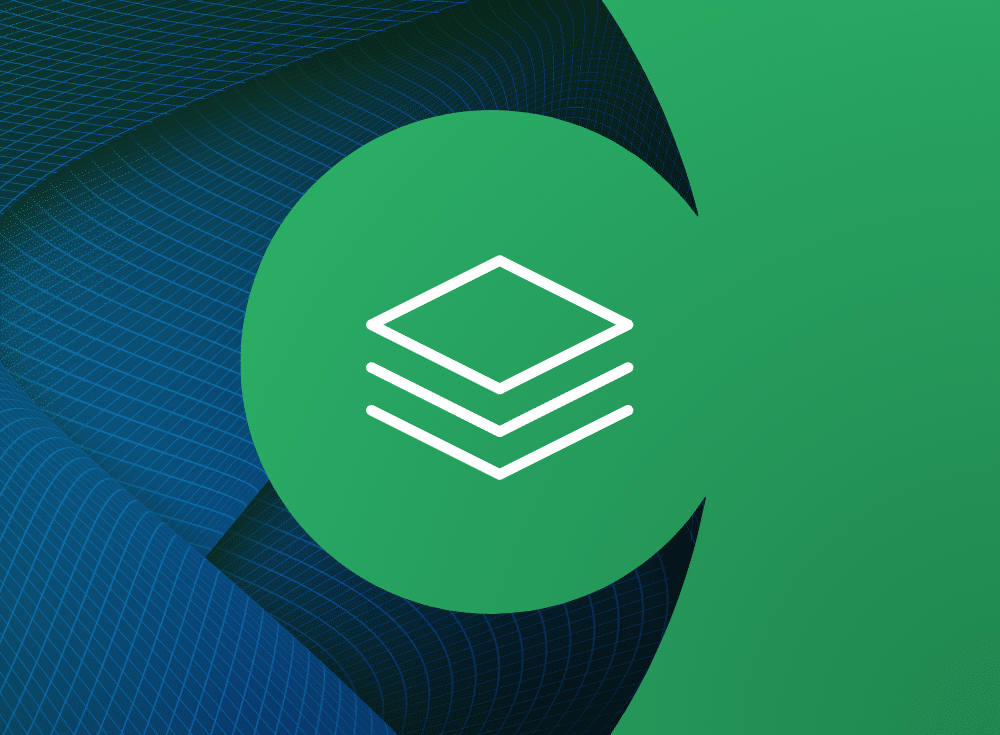
Learn about what full-stack observability is, how it can help get you an overall view of your system data, and how Chronosphere can help implement it.

On: Apr 13, 2023
Paige Cruz is a Senior Developer Advocate at Chronosphere passionate about cultivating sustainable on-call practices and bringing folks their aha moment with observability. She started as a software engineer at New Relic before switching to Site Reliability Engineering holding the pager for InVision, Lightstep, and Weedmaps. Off-the-clock you can find her spinning yarn, swooning over alpacas, or watching trash TV on Bravo.
Systems operating data is among your business’s greatest assets – and now likely a curse as well. The more data you possess about how your infrastructure and applications run, the better you can keep everything online and operating at optimal performance. In practice, an overabundance of data can actually be your biggest challenge for environment visibility.
According to research firm ESG, 71% of companies believe their observability data (metrics, logs, traces) is growing at a worrying pace. Moreover, companies’ ability to maintain adequate system performance is getting worse, not better. A 2021 State of Digital Operations study found critical incident volumes rose 19% between 2019 to 2020, and they continue to increase at accelerating rates.
Driving these data volumes is the shift from cloud to cloud native architectures. After all, one of the side effects of a cloud native architecture is that it produces more data. A lot more. Today, businesses have multiple containers running on top of every virtual machine (VM) they own. These containers are ephemeral. They’re changing all the time, and every time they change, you effectively have a lot of brand new metrics – especially when you have multiple labels. The sheer amount of data this produces is almost unimaginable – and all on the same infrastructure footprint as in the pre-cloud native world.
Eighty-seven percent of engineers surveyed as part of the Chronosphere 2023 Cloud native observability report say using cloud native architectures has significantly increased the complexity of discovering and troubleshooting any incidents that arise.
The only way to manage out of the complexity is with an observability platform that is itself cloud native. What’s more, such a platform should offer not just observability, but full-stack observability, to help you get the most value from your data.
It’s essential to know what observability is before you can understand full-stack observability. The formal definition of observability is the capacity to infer the internal states of systems by their external outputs. In IT terms, this means being able to tell from system-produced data – specifically the logs, metrics, and traces – what is happening within those systems.
Leading cloud native observability platforms deliver sufficient context to provide insight into the complex interdependencies of your applications, no matter where they reside in your IT environment. Cloud native observability platforms help you spot issues faster, and proactively act on them as well as drill down into the incident’s details so they don’t reoccur. Cloud native observability platforms work in real time, which enables rapid issue identification before application users notice.
Full-stack observability does all of this but – as the name implies – for the full stack of your systems. Full-stack observability gives you a comprehensive view into all your systems – from your on-premises servers, to your VMs, to cloud native and cloud-hosted applications, services, and infrastructure, as well as your Kubernetes clusters, among all the other tech stack components you possess.
Some might argue that it is redundant to modify the term observability platform with full-stack – that all observability platforms should naturally cover the full stack of your environment – in fact, many don’t, so it makes sense to distinguish those that do. And although full-stack observability might also appear to be a synonym for technology stack monitoring, there’s a basic difference between observability and monitoring.
Monitoring simply looks at signals, then produces reports and sends alerts based on pre-set rules. Full-stack observability, however, looks at those same signals and identifies the state of individual tech components as well as how interconnected ones can affect each other.
Leading full-stack observability platforms also offer advanced analytics and machine learning algorithms that not only automatically detect issues across the technology stack, but help you identify the root causes of issues and how to fix them.
Full-stack observability is important because modern hybrid cloud and on-premises environments are critical to run your business. You simply cannot risk downtime or even slowdowns of mission-critical infrastructure and applications. Still, it’s impossible to sustain the health of your systems with traditional monitoring or even most cloud-based observability tools.
Your environment now encompasses cloud native containers, Kubernetes clusters, microservices, numerous interdependencies, integrations with cloud providers, SaaS companies, a heterogeneous portfolio of third-party products, and, increasingly, a reliance on open source components and thus the global open source community. All this complexity is becoming virtually impossible to observe, much less proactively keep up and running at a level that supports your business.
Full-stack observability is your only option for managing everything in your environment. Additionally, full-stack observability can help you optimize your operations while reducing costs. Identifying inefficiencies or bottlenecks across the technology stack boosts performance and reduces the resources required – both human and technologically– to run your applications.
Full-stack observability has many benefits for software applications and infrastructure:
Before you attempt to successfully deploy all the functionality of a full-stack observability platform, you should make sure you have the following in place:
Chronosphere offers a cloud-native full-stack observability platform designed for reliability, speed, flexibility, and control. The platform facilitates the ingestion and querying of high-cardinality metrics across your infrastructure, providing insights into cloud-native architecture components. Users can generate rapid alerts with contextual information to quickly address incidents, aided by lightning-fast queries and dashboards.
The platform captures and analyzes every distributed trace, allowing for accurate decision-making based on the complete data set. The Chronosphere Control Plane enables users to manage observability costs by deciding what data to keep, for how long, and at what resolution.
Overall, having a full-stack observability platform like Chronosphere helps organizations maximize the value of their data and make informed decisions.
Request a demo for an in depth walk through of the platform!